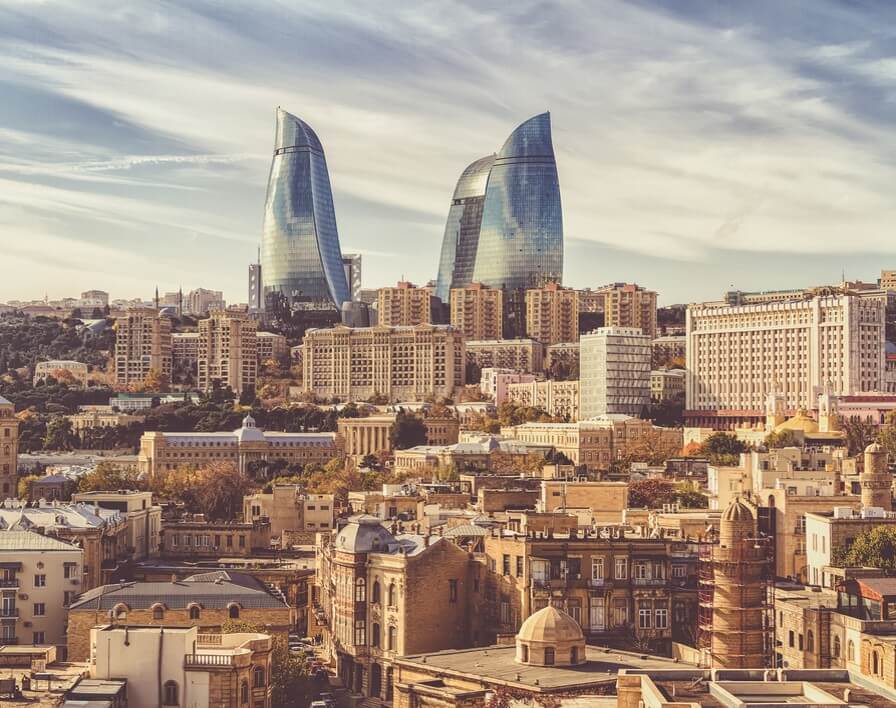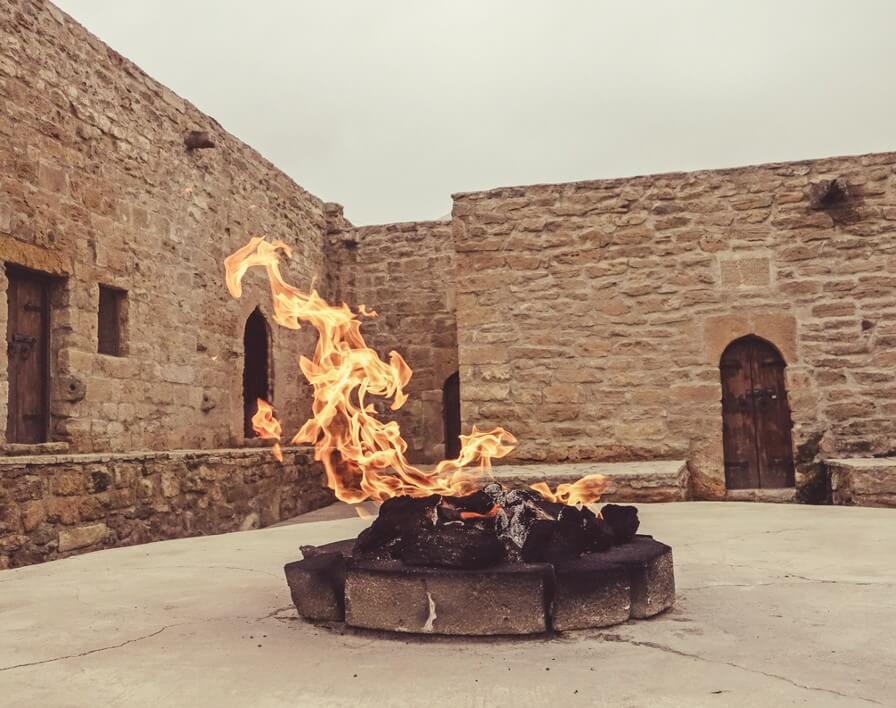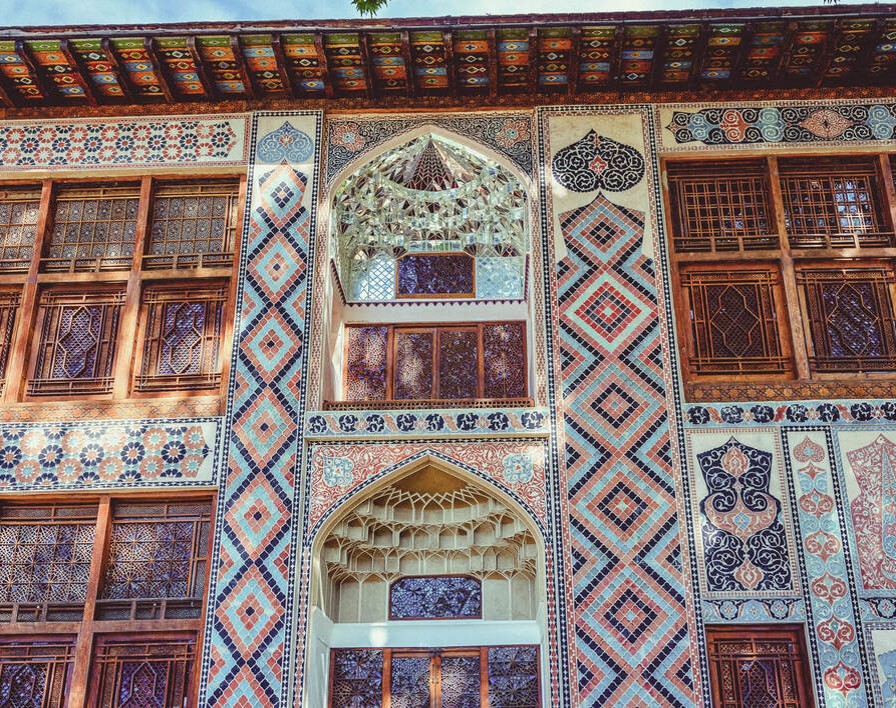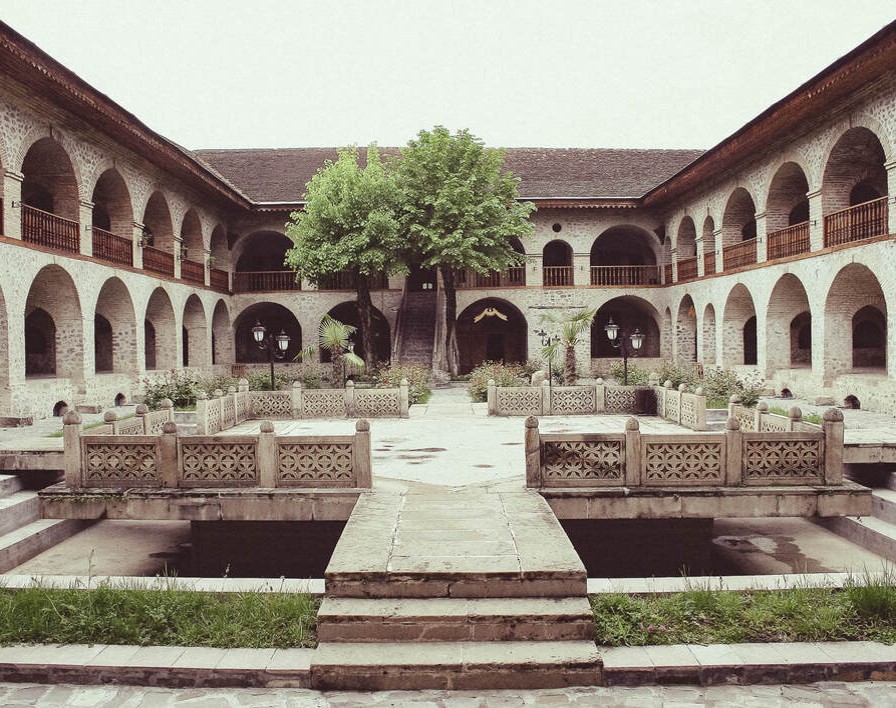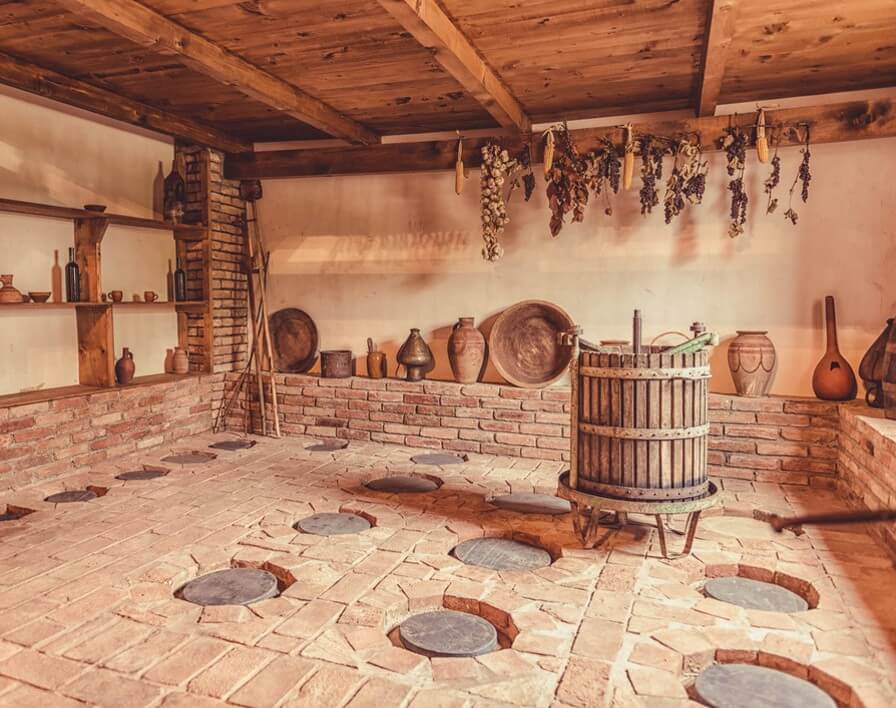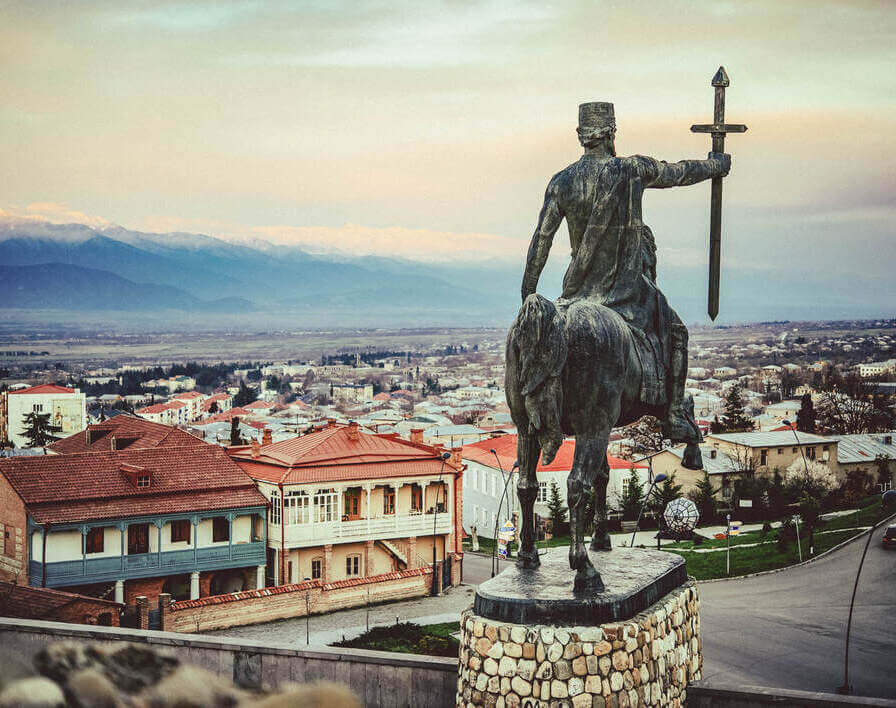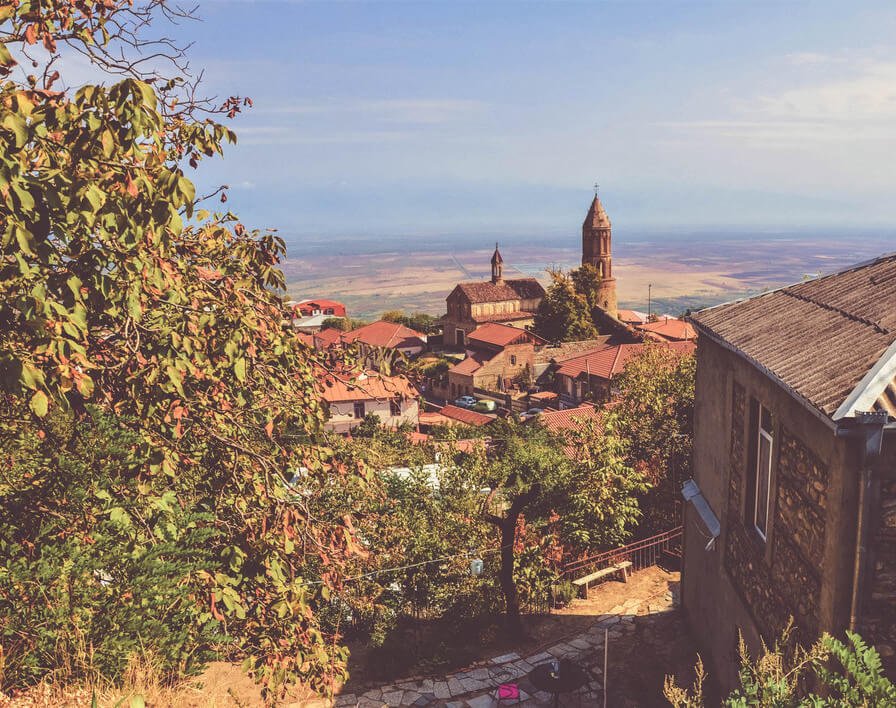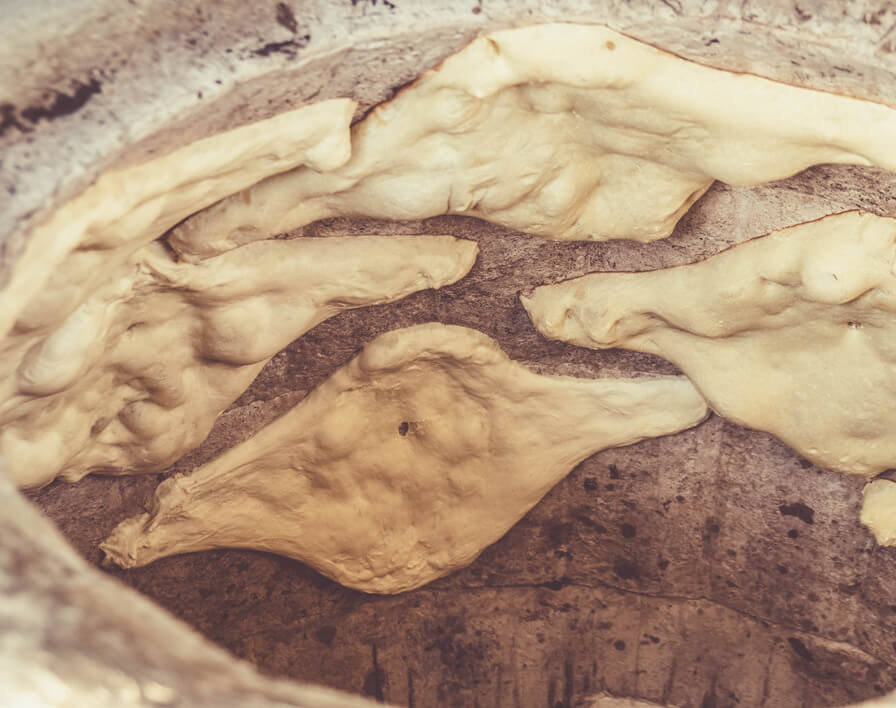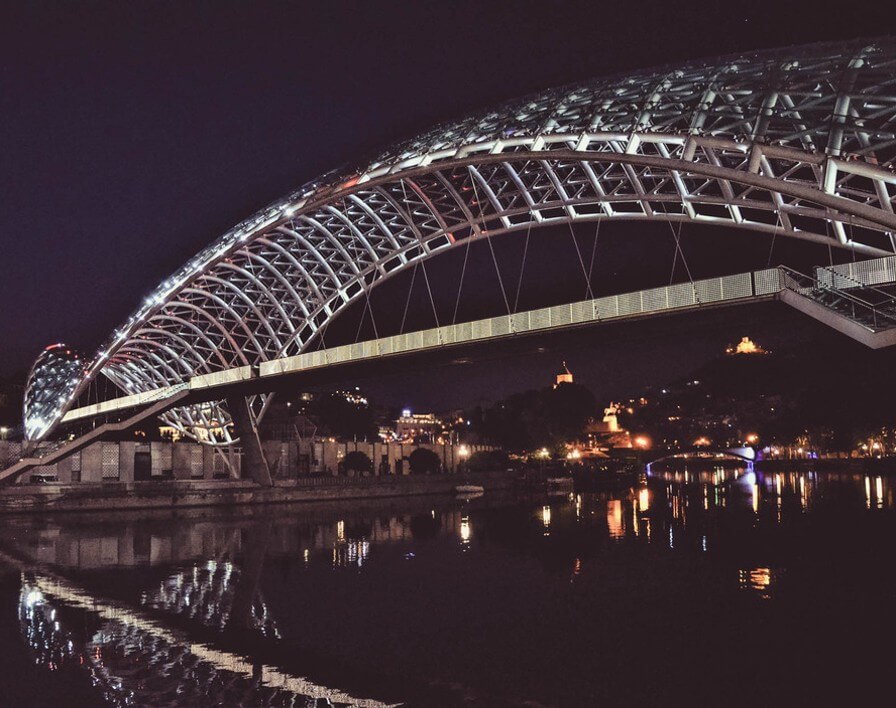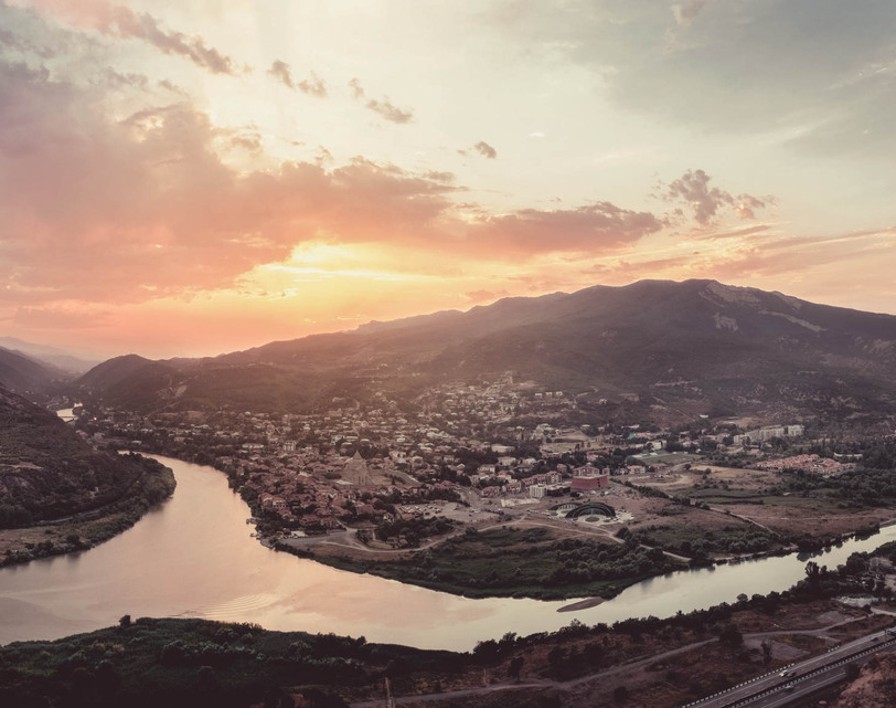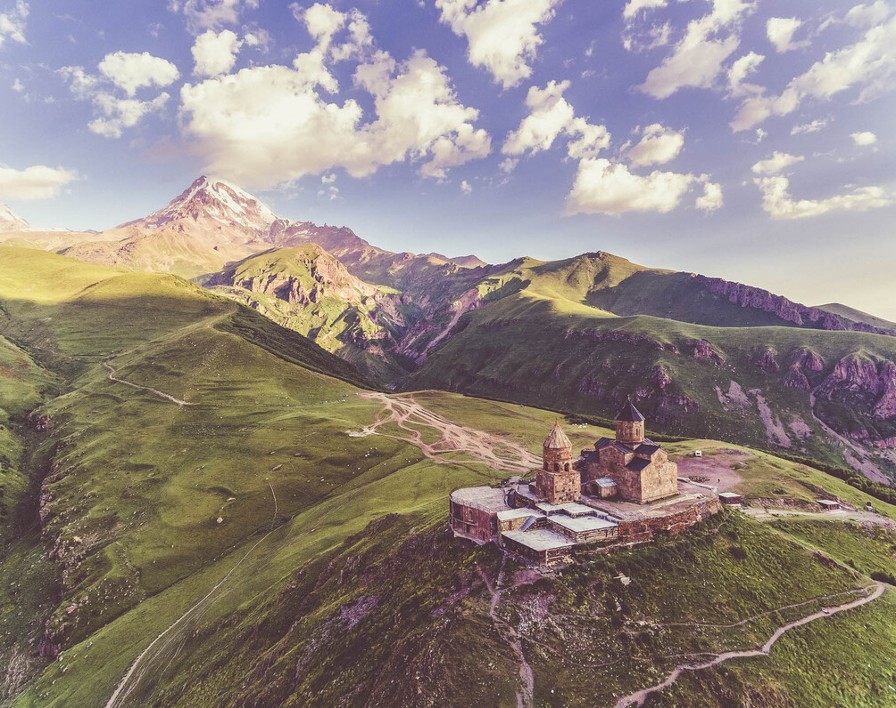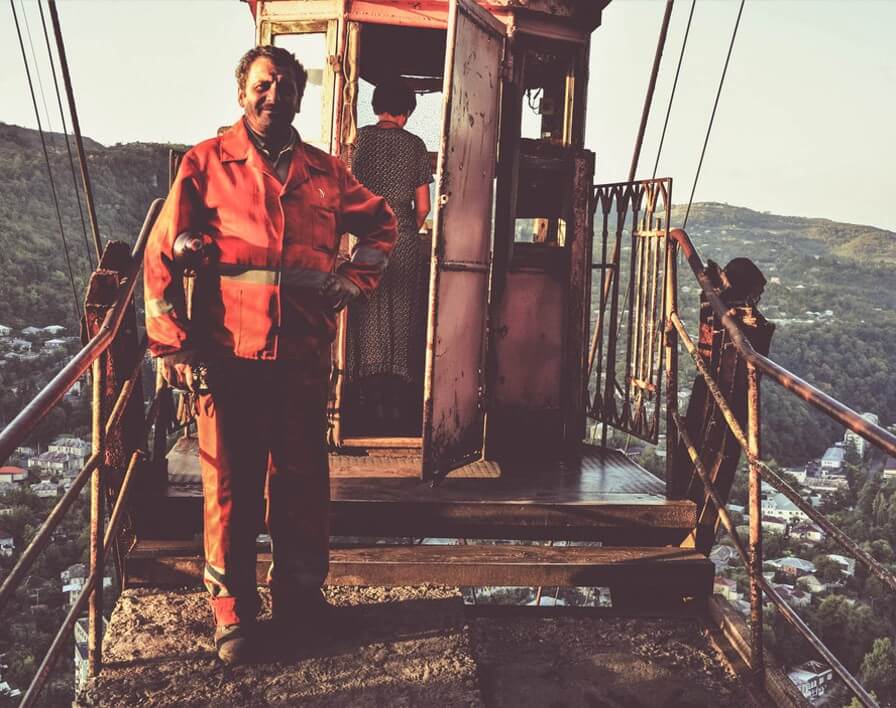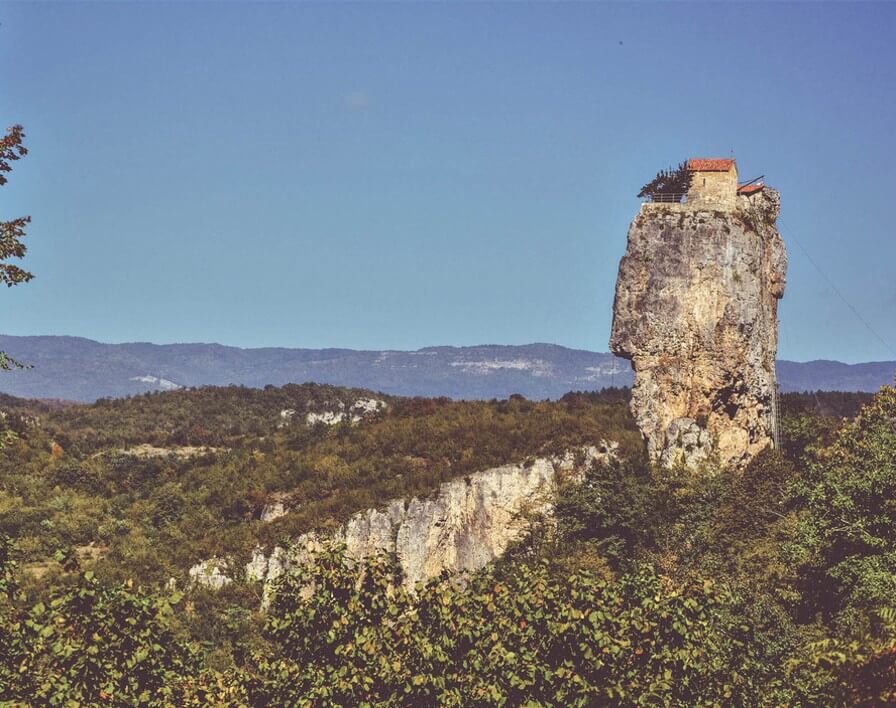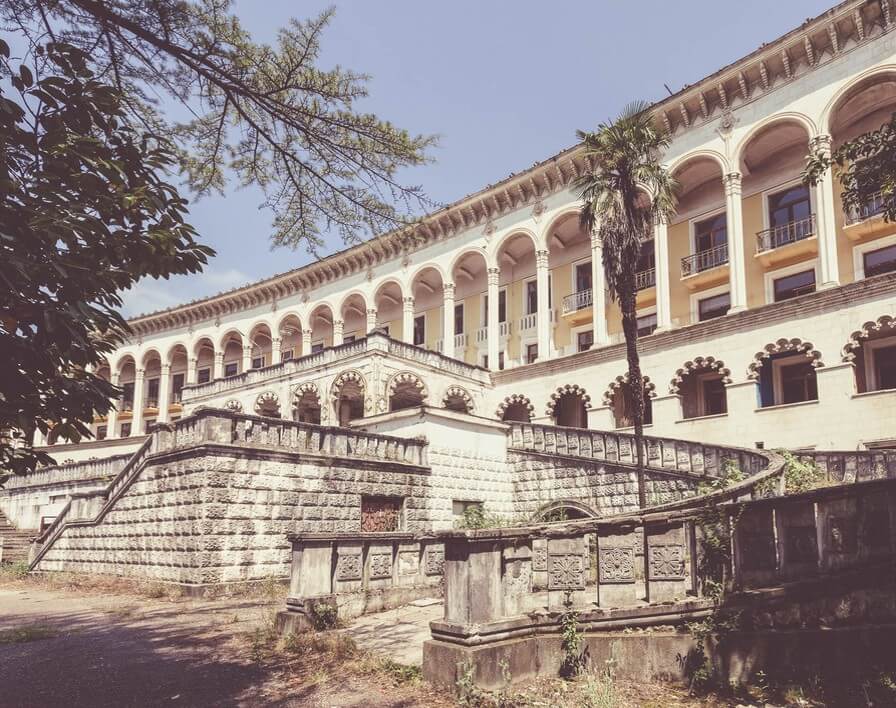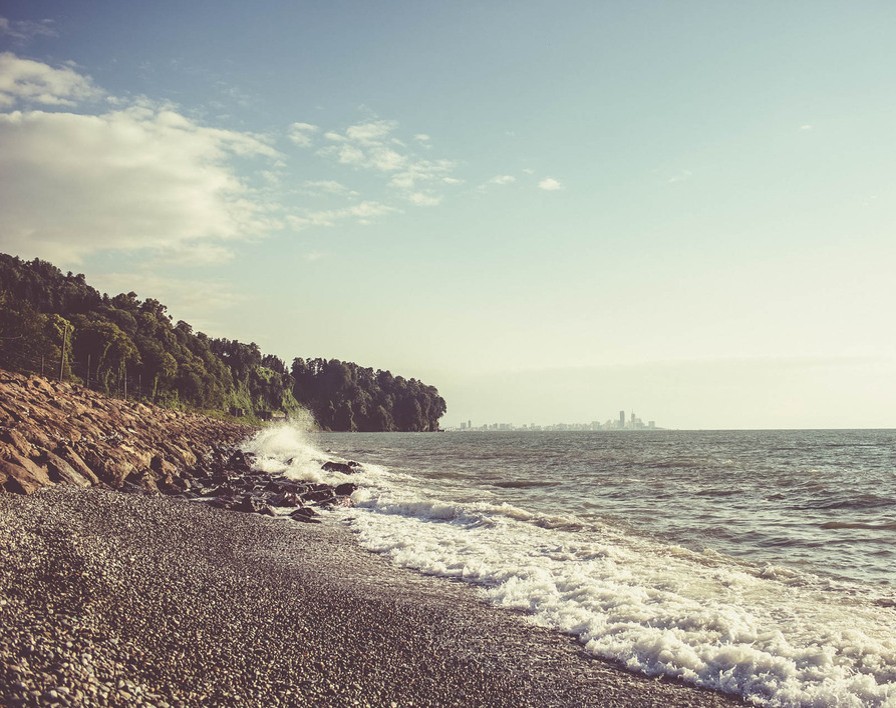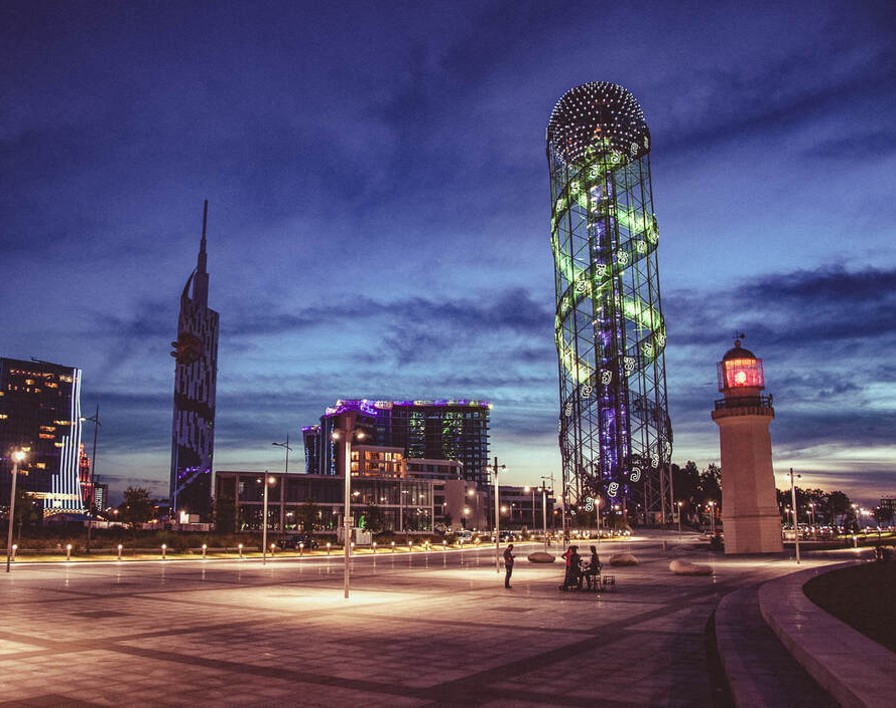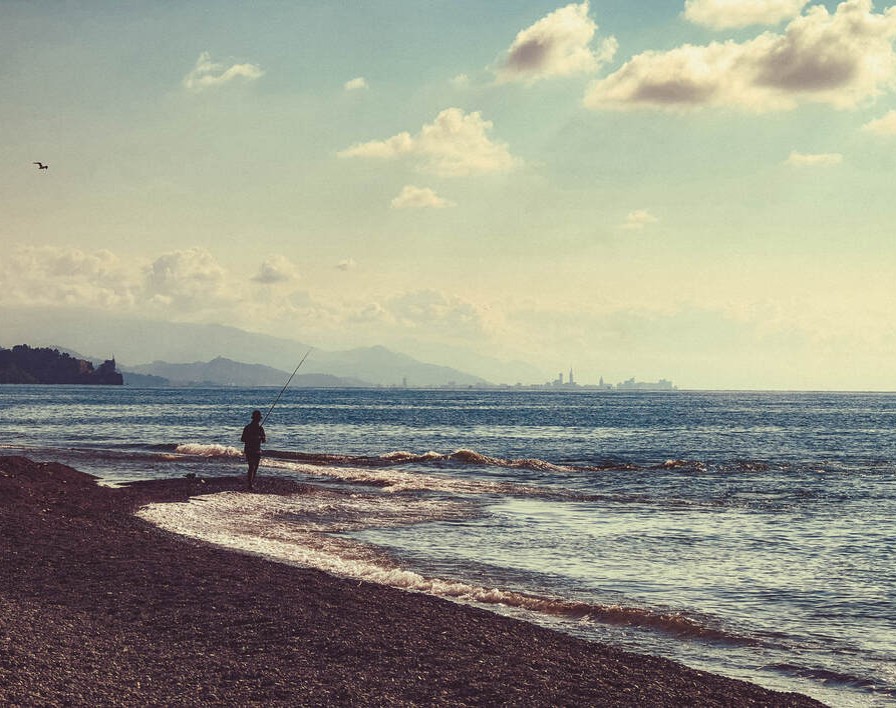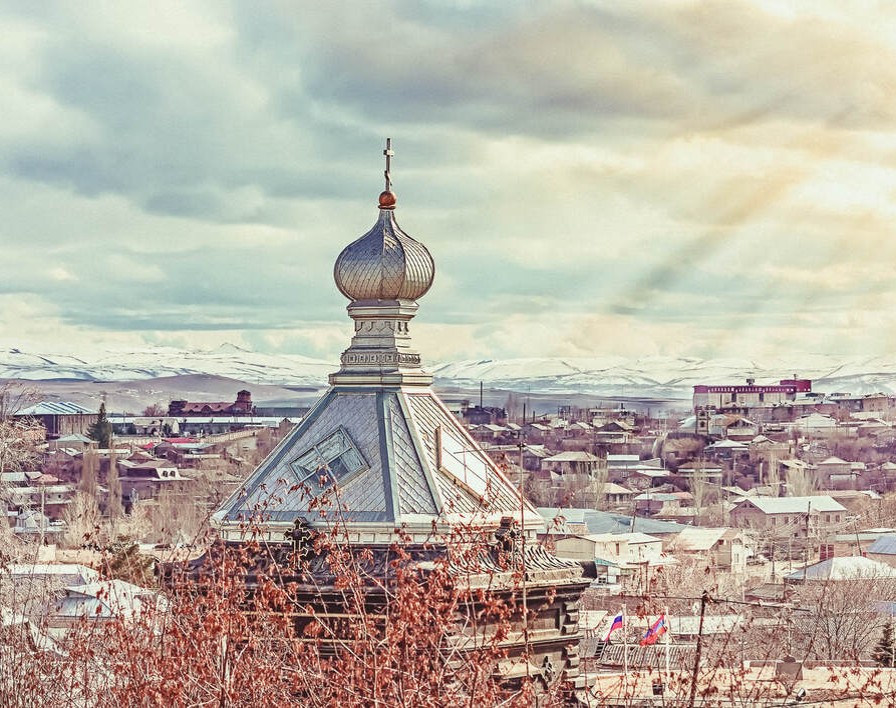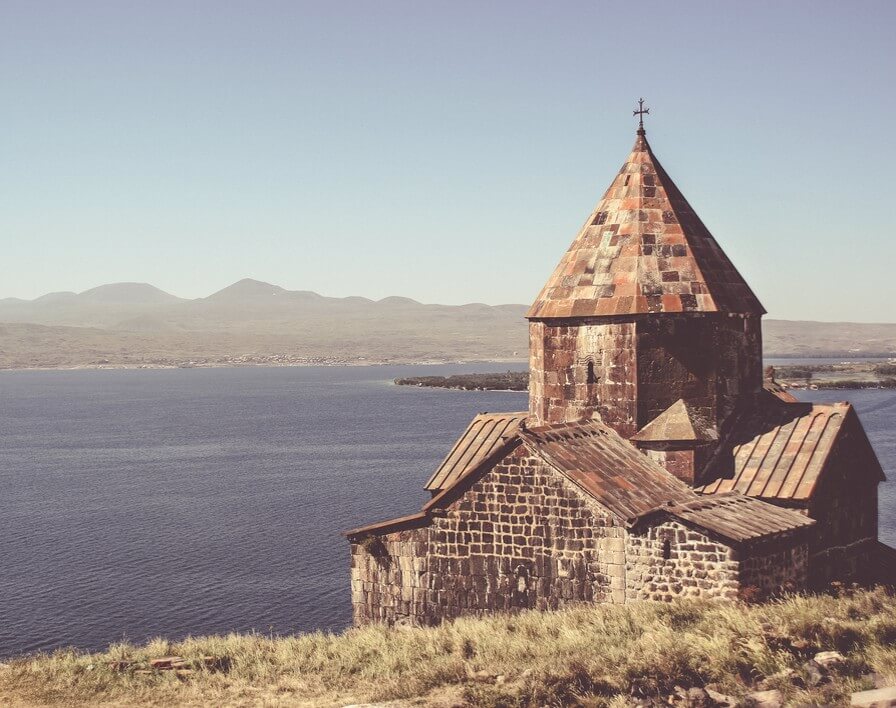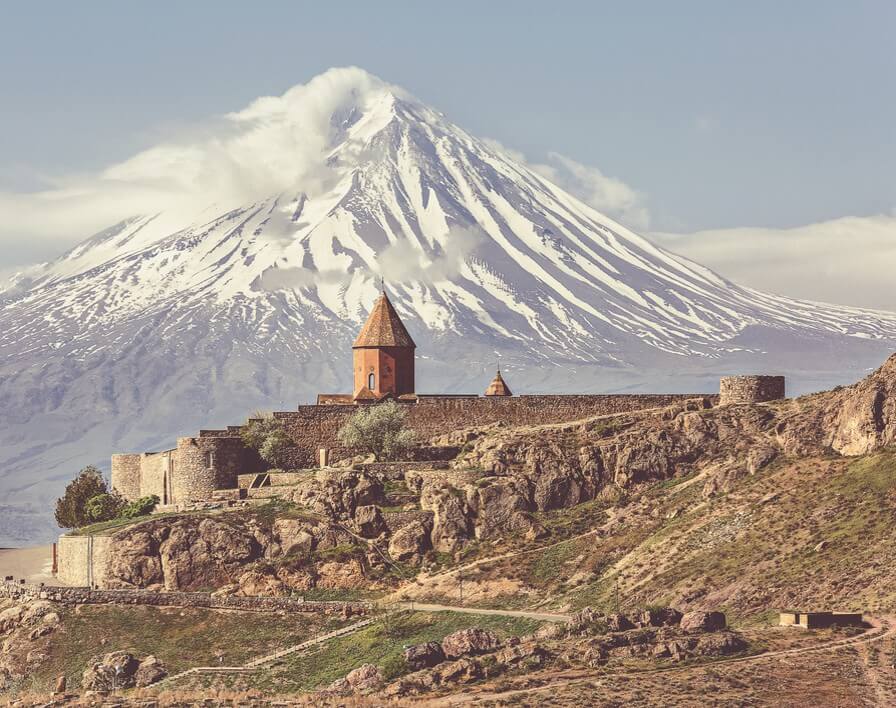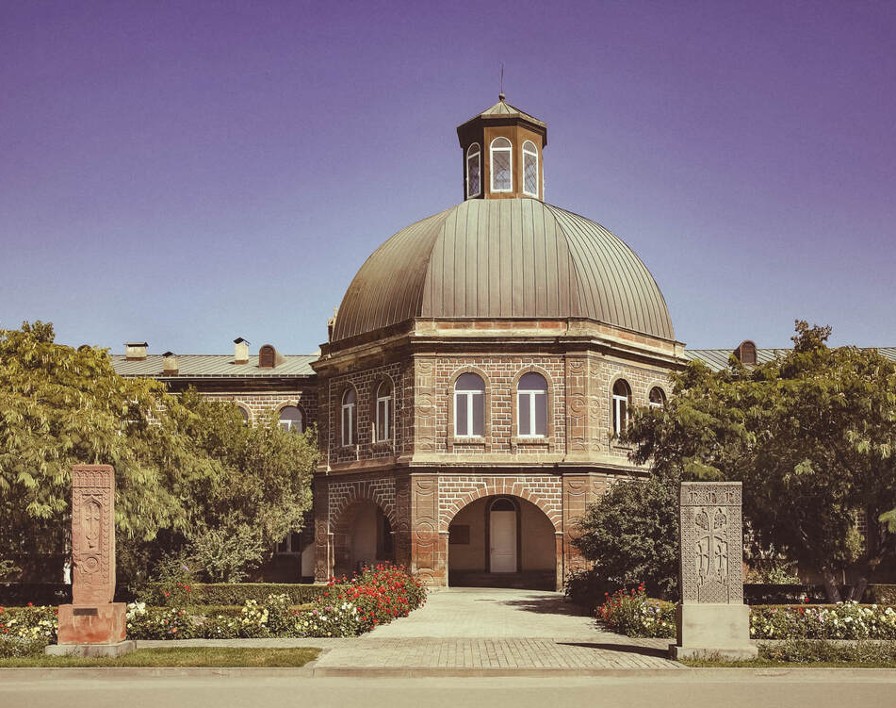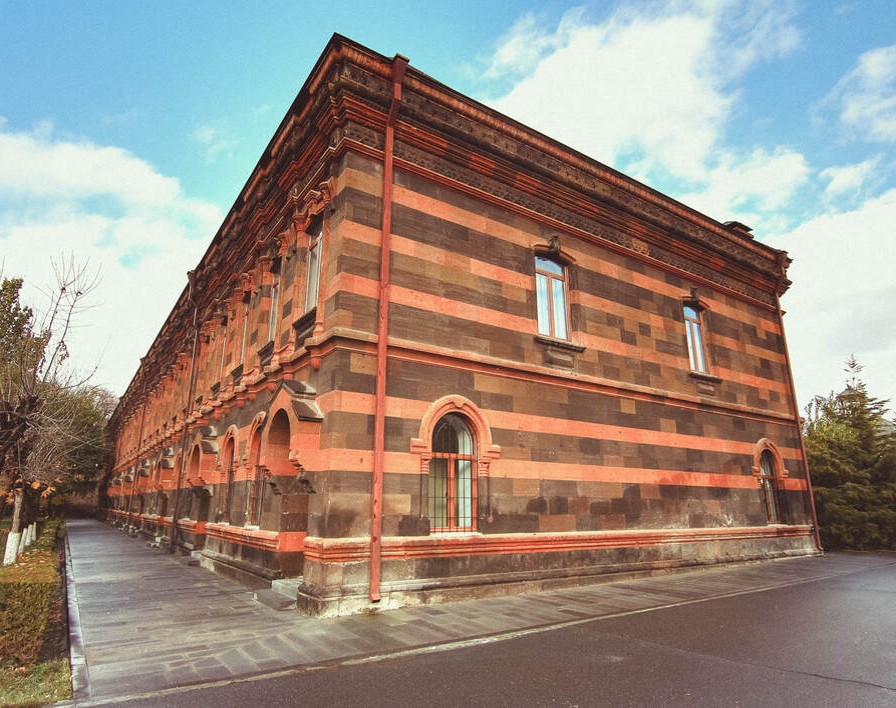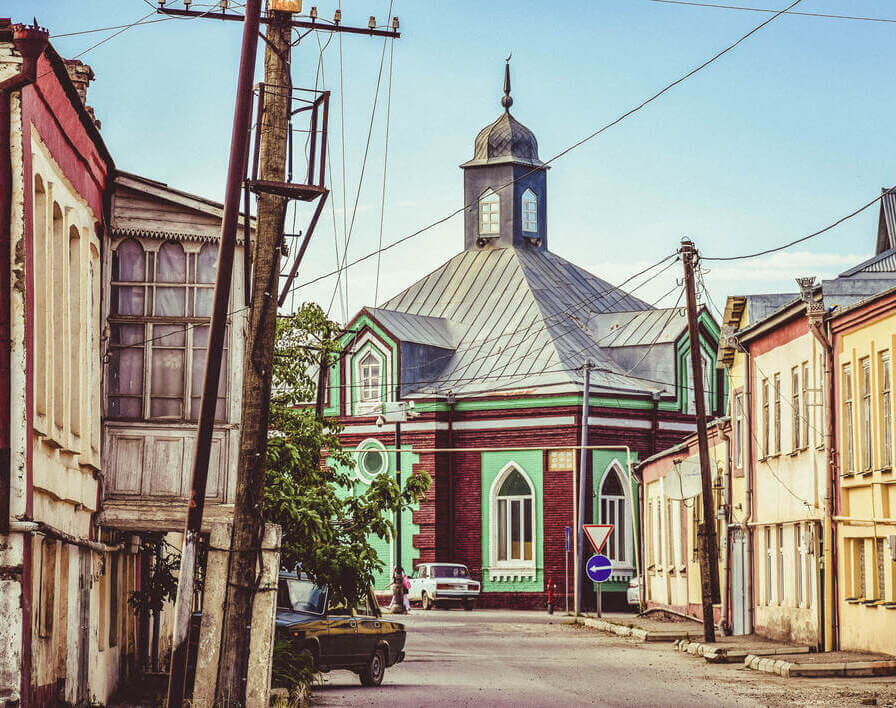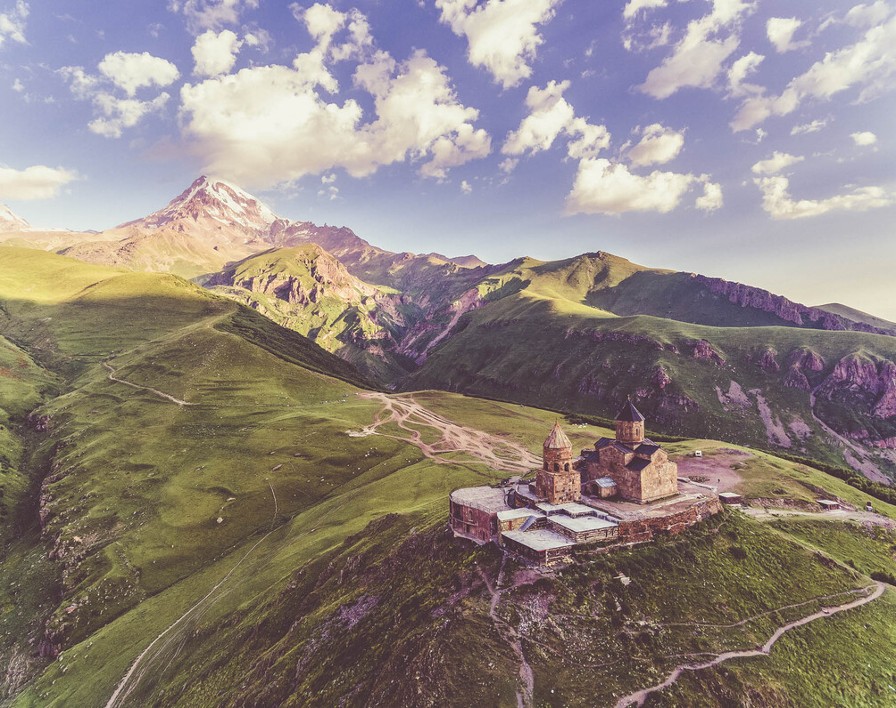During this authentic and unique road trip from the Caspian Sea to the Black Sea, you discover the beauty and the versatility of the fascinating Caucasus region, and you get to know Azerbaijan, Georgia, and Armenia at once.
- Baku
- Yerevan
- April - October
- 4- or 3-star hotels, guesthouses
Azerbaijan, Georgia, and Armenia in 3 weeks
In about 3 weeks you will discover almost everything this diverse region has to offer: the wild mountain ranges of the Greater and Lesser Caucasus, the wine regions in Georgia and Armenia, both the Caspian and the Black Sea, mosques, monasteries, old towns of the Silk Road and the three capitals Baku, Tbilisi and Yerevan.
This trip is the best way to get to know the South Caucasus region with all its aspects.
Highlights
- Baku, Tbilisi and Yerevan
- Caspian & Black Sea
- Gobustan mud volcanoes
- Azerbaijani mountain villages
- Silk Road town of Sheki
- Wine tastings in authentic & small wineries
- Gergeti Trinity Church
- Vardzia & Uplistsikhe cave towns
- Chiatura's flying coffins
- Dilijan National Park
- Noratus Cemetery
- Geghard Monastery
- Khor Virap & Mount Ararat
Itinerary
Route
Prices
Price includes
- 21 x overnight stay incl. breakfast according to the itinerary
- 4 x lunch and 3 x dinner according to the itinerary
- 4 x wine tasting
- 2 x cable car ride
- 1 x boat trip
- 1 x Armenian cheese masterclass
- Experienced driver/guide
- Comfortable vehicle incl. AC
- Fuel for the whole tour
- Entrance fees to all sights mentioned in the itinerary
- Local taxes
- 2 x airport transfer
- Mineral water 0.5l per day
- Overnight stays for guide and driver
- Meals for guide and driver
Price does not include
- International flights
- Personal expenses (e.g. souvenirs)
- Visa fees
- Upgrades to other hotels or other rooms compared to the itinerary
- Tips and extras in the hotels
- Additional alcoholic beverages
- Additional services not described in the itinerary
The war between Armenia and Azerbaijan does affect life in both countries, but not your safety during this tour. The fighting is limited to the disputed territory of Nagorno-Karabakh (Artsakh), which we surround extensively.


